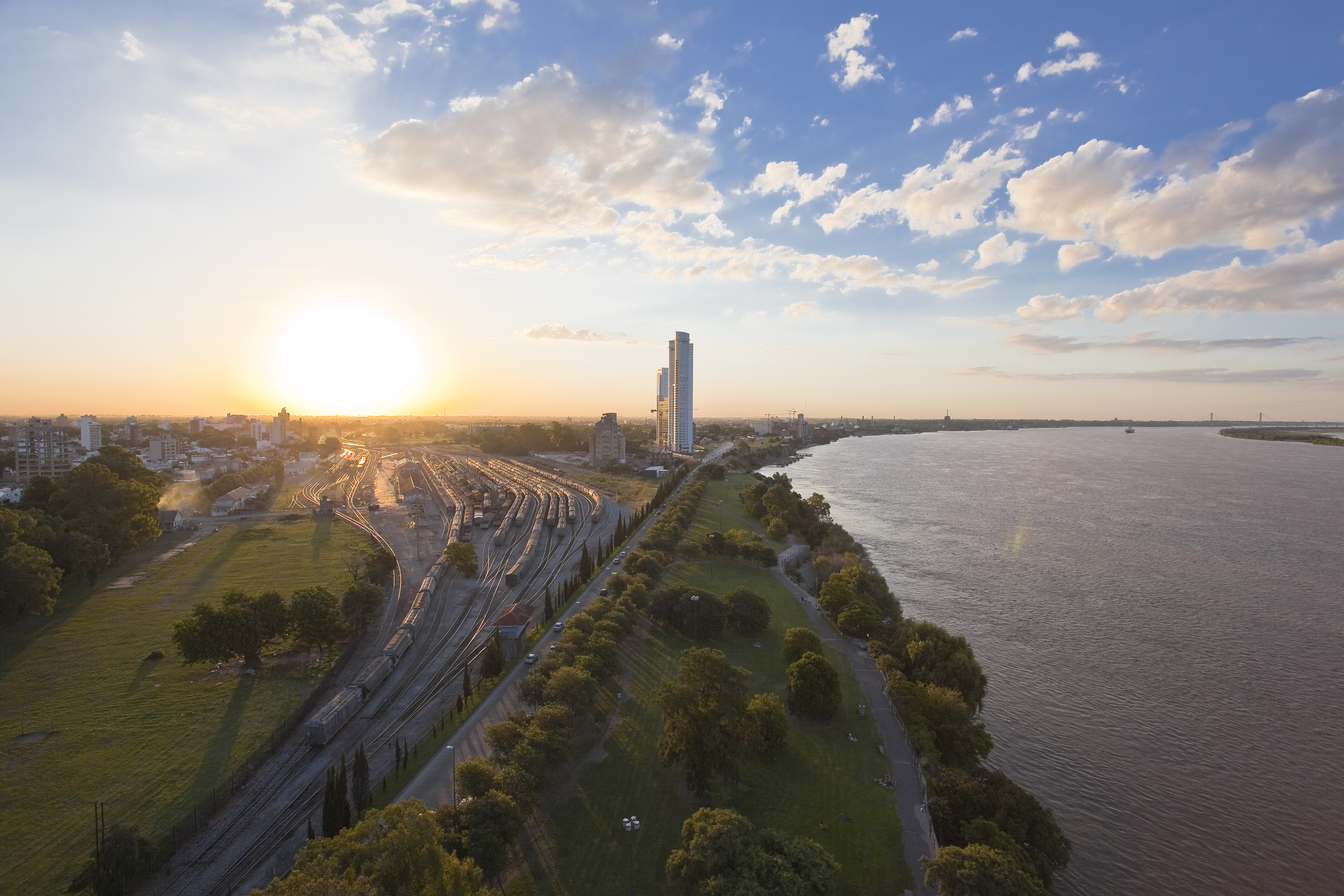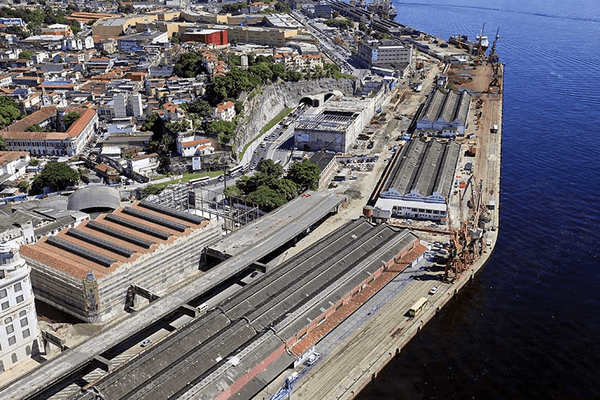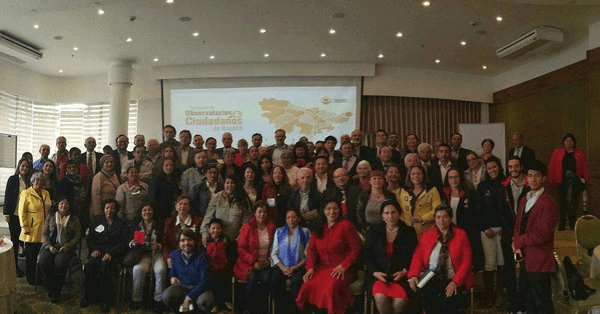In August 2010, from the initiative of the local governments that integrate Rosario’s Metropolitan Area, the Metropolitan Coordination Entity (ECOM - Ente de Coordinación Metropolitana) was created. The cities and communes in the region, from then on, have an instrument which serves as a space for coordination and promotion of public policies of regional impact, and also as an agency for conducting the development of projects in a metropolitan level, and those are organized based on a strategic association of the local governments. At present, 21 local governments integrates the ECOM: Acebal, Andino, Arroyo Seco, Alvarez, Alvear, Capitán Bermúdez, Coronel Domínguez, Fighiera, Funes, General Lagos , Granadero Baigorria, Ibarlucea, Pérez, Piñero, Pueblo Esther, Ricardone, Rosario, San Lorenzo, Soldini, Villa Gobernador Gálvez, Zavalla.
With the creation, in December 2011, of the Metropolitan Unit for Strategic Planning and Management, an agency from Rosario’s Municipal Government, came the opportunity to conduct a joint effort between the communes’ technicians and AMR’s cities, as well as the regional and national offices. The Agency, along with those players, is intended to develop the whole evaluation of the territory, to establish common policies and to agree on metropolitan management guidelines. The protagonism from Rosário city is reinforced in the articulation and planning of the metropolitan policy.
The Metropolitan Unit for Strategic Planning and Management exists to follow up and guide the development of Rosario’s metropolitan region through the participation of public, institutional, private players and also technical representatives from the cities and communes in AMR. The Metropolitan Unit establishes, as strategic objectives:
- To develop and share technical information which enable to approach the region problems from a metropolitan view (database, indicators);
- To drive the creation of multilateral agreements with intense participation from public and private players, with aims to obtain synergy among the relevant players and institutions;
- To propose and organize a common stance in terms of specific rules and regulations, agreed among the several cities in the region;
- To offer help to different areas in the cities and communes, which are members of the Metropolitan Coordination Entity (ECOM), in developing and managing projects;
- To manage the resources to conclude the projects prepared;
- To study the problems identified by ECOM from a strategic perspective.
Besides the strategic planning process developed by Rosario in a local scale, the Urban Planning process (Plan Urbano Rosario – PUR) was also strengthened. In the portfolio of projects with this character, the revitalization of North Port (Puerto Norte) standed out as a transformative project for the city of Rosario. The modeling of Puerto Norte is summed up, in a general way, to a public planning project with investments, execution and maintenance up to the private sector.
The legal mechanism used to regulate the public-private relations, and as a management institutional arrangement among the parties involved was the urban agreement - figures in Rosario’s Urban Plan (PUR). At the responsibility assignment matrix, the municipal government initially assumes the central role of planning agent for the actions which structure the physical and functional transformations of a specific area of the city, through a Special Plan. After that, the Detail Plan is executed, and it provides the accurate detailing of the previous plan, followed up by a negotiation promoted by Rosario’s Municipal Government among the remaining public and private players involved in preparing and implementing the detail plan. Finally, after the study process which recognizes the financial feasibility of private projects capable of supporting the city development, the urban agreement is signed and it consists of a regulation instrument of the commitments made by the municipal government, the landowners and the private entrepreneurs, allowing the private interventions to start.
Back to the metropolitan scale, recently, in May 2014, the territorial management guidelines (DOT, Directrices de Ordenamiento Territorial) were presented, and they were translated in general recommendations to be agreed by the different players, with the aim of guiding the complete transformation of the Rosario’s Municipal Area and establishing the bases for the development of the Local Urban Plans. This is the basis for the metropolitan agreement. The territorial management guidelines were produced and submitted jointly by the 21 locations integrating ECOM. They are:
- Definition of urbanization and use of land standards;
- Protection and optimization of environmental resources and proprietary funds;
- Structuring of the accessibility and connectivity, in an efficient way;
- Promotion of a full development of production and services;
- Improvement of the environmental sanitation and infrastructure conditions;
- Strategic and associative coordination of players;
- Balanced distribution of equipment and services, from several centers.




